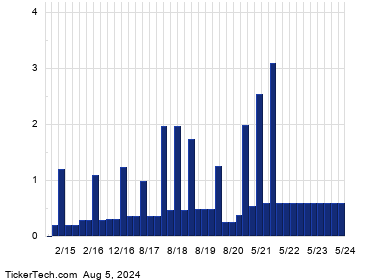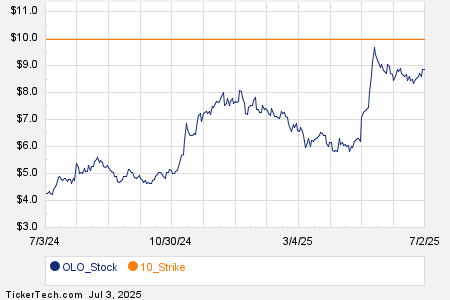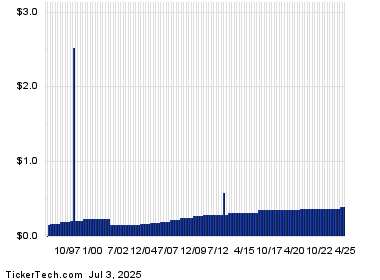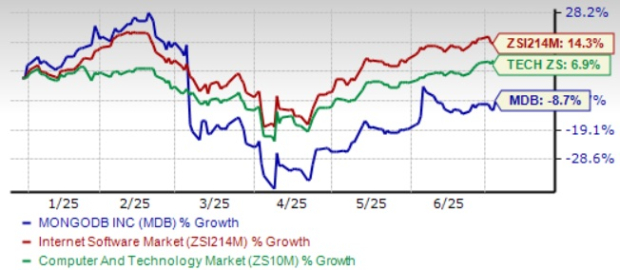InvestorPlace – Stock Market News, Stock Advice & Trading Tips
Hello, Reader.
Tesla’s AI Showcase Falls Short While AMD’s Innovations Take Center Stage
Elon Musk Introduces New Robotic Vehicles, But Investors Remain Skeptical
During Thursday night’s Tesla Inc. (TSLA) “We, Robot” event, Elon Musk presented the highly anticipated Cybercab, a self-driving taxi designed without a steering wheel or pedals. At this event, Musk further surprised attendees with a driverless, windowless Cybervan, along with humanoid Optimus robots that engaged the audience in dance and interaction at Warner Bros. Studios in Burbank, California.
The showcase was powered by advanced artificial intelligence technology, a topic we’ve seen garner much attention over the last two years. However, Musk and the Tesla team provided minimal information about the timeline or feasibility for bringing these products to market. As a result, Tesla stock dropped nearly 10% at Friday’s opening.
Despite this setback, the revolutions in AI and robotics will progress regardless of Tesla’s readiness. The self-driving unit of Alphabet Inc. (GOOGL), Waymo, already operates robotaxis in several cities throughout California, Arizona, and Texas. For instance, individuals in Phoenix can download the Waymo app and experience a driverless ride today, often at a lower cost than typical Uber or Lyft fares.
Looking toward the future, autonomous trucks are set to hit the roads in Texas and beyond by 2025. And for those facing laparoscopic surgery, there’s a good chance that a robotic assistant will aid the surgeon. At Utah Valley Hospital, medical professionals utilize the third-generation robotic surgery system named “da Vinci,” which enhances the efficiency of abdominal and pelvic procedures.
This system distinguishes itself through its advanced laparoscopic instruments that offer unmatched precision and greater dexterity than standard surgical tools, as well as providing surgeons with three-dimensional imagery for a clearer surgical view. “By using the available technology, I’m a better surgeon,” states Dr. Richard Rassmussen, emphasizing the beneficial role of these machines in enhancing human expertise rather than replacing it.
The growing impact of AI and automation in healthcare presents a significant trend that warrants attention. Notably, CPU maker Advanced Micro Devices Inc. (AMD) has taken a lead in integrating these technologies into operating rooms, in addition to various other AI applications.
What to Expect in Future Operating Rooms
AMD’s Subhankar Bhattacharya, head of healthcare sciences, shared insights with The Robot Report about the company’s vast range of processors utilized across sectors including industrial automation, gaming, automotive, and healthcare. Following AMD’s acquisition of Xilinx in 2022, the company has bolstered its capabilities in high-performance computing specifically for robotic surgery.
AMD collaborated with Intuitive Surgical Inc. (ISRG) to design the second-generation da Vinci system. It’s estimated that over 7,500 da Vinci systems were operational in 69 countries last year. This collaboration makes AMD a vital player in enhancing the skills of surgeons like Dr. Rassmussen.
The pandemic has accelerated the shift toward robotic surgeries, emphasizing the significance of AI-driven point-of-care systems, remote patient monitoring, and telemedicine solutions. The U.S. Food and Drug Administration (FDA) also supports the integration of AI to bolster productivity and reduce risks.
Although the high cost associated with robotic surgery systems is a concern, AMD is optimistic that its cost-efficient technologies can mitigate these expenses. Bhattacharya noted, “While medical imaging has been AMD’s strength, in robotics, we’re the market leader.” The AI-based surgical robot market is projected to expand at a compound annual growth rate of 16.2% from 2024 to 2032, reaching a value of $25 billion by 2032, rising from $5.7 billion in 2023.
AMD faces competition in this dynamic market, with another key player specializing in musculoskeletal healthcare appearing in my Fry’s Investment Report. This company is recognized for its innovative surgical robot systems aimed at assisting orthopedists in performing joint replacement surgeries.
One of its robotic systems offers physical guidance and data-driven insights, particularly in direct anterior hip replacements, which are less invasive. The organization plans to launch over 40 new products by the end of 2025 and is also advancing AI features for its orthopedic surgical tools.
To explore more about this promising tech company and uncover additional investment opportunities in this evolving sector, click here to find out how to join me at Fry’s Investment Report.
Anticipating a Major Shift in the Market
The rise of AI signifies profound changes in job markets and the economy, particularly noticeable in healthcare. While Dr. Rassmussen’s experiences demonstrate the positive aspects of the AI Revolution, there is a darker potential beneath the surface. Goldman Sachs estimates that as many as 300 million jobs globally could vanish or diminish due to AI advancements.
InvestorPlace analyst Louis Navellier is actively tracking these developments and aims to prepare you for impending changes. Louis forecasts a substantial “reset” in the current bull market. This shift could lead to specific stocks experiencing remarkable gains this year, while others may face significant drops or stagnation through 2024.
The silver lining is that this reset opens doors for new opportunities within the AI boom. Companies that embrace changes brought about by AI stand to flourish.
For detailed insights on companies positioning themselves to leverage AI for innovation and operational improvement, click here to watch a special broadcast from Louis.
Regards,
Eric Fry
The post Tesla Keeps “Planning” for the AI Boom, but AMD’s AI-Powered Products Are in Use Now appeared first on InvestorPlace.
The views and opinions expressed herein are the views and opinions of the author and do not necessarily reflect those of Nasdaq, Inc.







